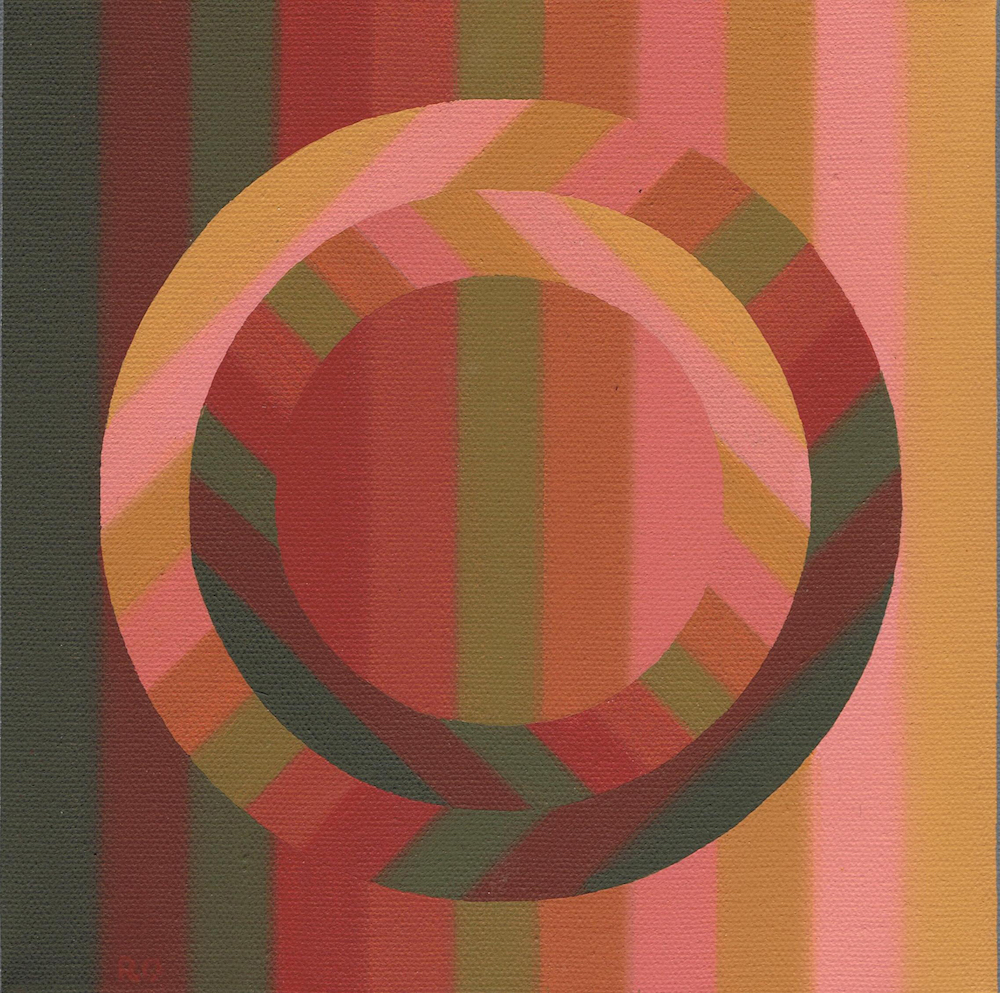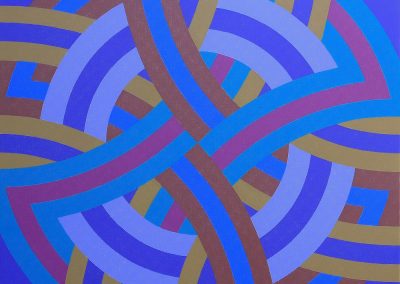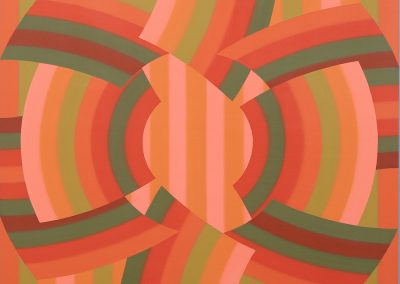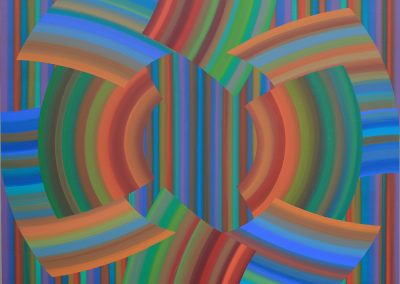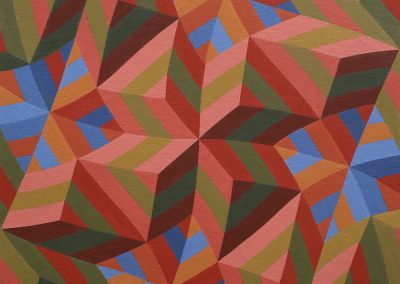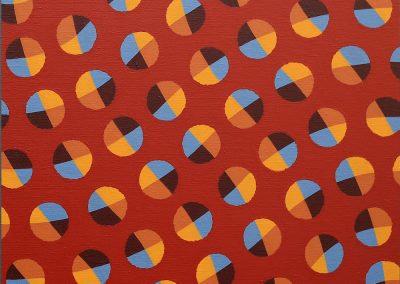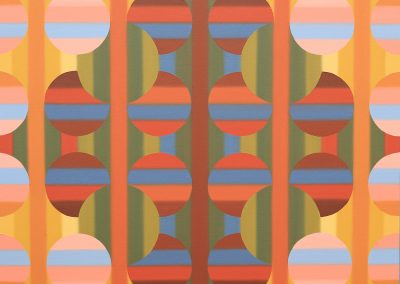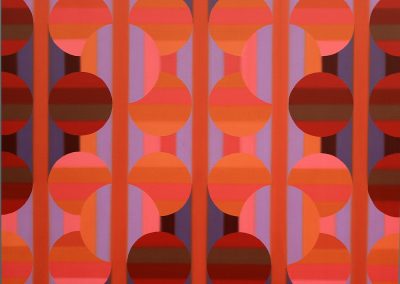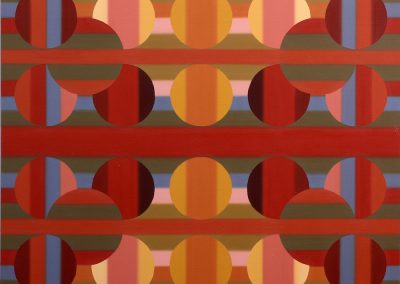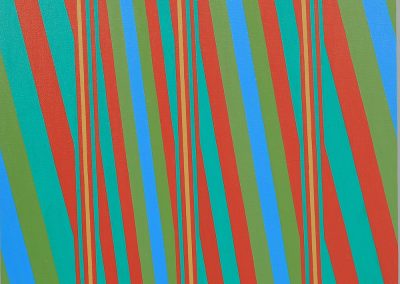November 8 – 30 2018
Pigments of the Imagination
an exploration of COLOUR creating illusions of spaceRoy Osborne
Private views: Thursday November 8th 6.30 – 8.30pm Sunday November 11th 12.00 – 3.00pm Tuesday November 13th 6.30 – 8.30pm Open Days: Wednesdays 12.00 – 6.00pmViewing by appointment at other times.
For further information contact Jonathan Ross: Phone 07747 807576 or jross@gallery286.com
Roy Osborne MA is a painter, educator, historian, and writer on colour. He studied graphics and fine art at Brighton, prior to teaching studio art, design, colour theory, and art history at some 200 colleges worldwide. He has contributed to some 135 group shows in Britain and abroad, presented half a dozen solo shows, and is represented in over 100 private collections and several public collections. He has contributed to various academic books on colour, and is author of Lights and Pigments: Colour Principles for Artists, Color Influencing Form, Books on Colour 1495-2015: History and Bibliography, Sicily Herald and the Blazon of Colours, Telesio and Morato on the Meaning of Colours, and Leigh and Lomazzo on the Virtue of Colours. In 2003 he became the first recipient of the Turner Medal of the Colour Group (Great Britain).
In various series of abstract paintings, Osborne has explored colour theory, harmony, optical colour mixing, and illusory depth in works that typically integrate straight and/or curved divisions of a square, figure-ground ambiguity, formal symmetry, colour asymmetry, and transparency. Almost all his abstract works are based on simple divisions of a square, ensuring that all parts automatically relate to the size of the format. Aware that a viewer’s eye shifts several times a second, he is more interested in encouraging eye movement than balancing diverse pictorial elements. Emphasising colour contrasts can often allow simple, hidden configurations (circles, squares, chevrons, lozenges, crosses, saltires) to emerge from abstract colour patterns. The basic relationship of verticals and horizontals is typically augmented by contrasts between thinness and thickness of contours, straightness versus curvature, hard-edge versus soft-edge, lighter versus darker, the regular versus the irregular, and ambiguity between figure and ground.

